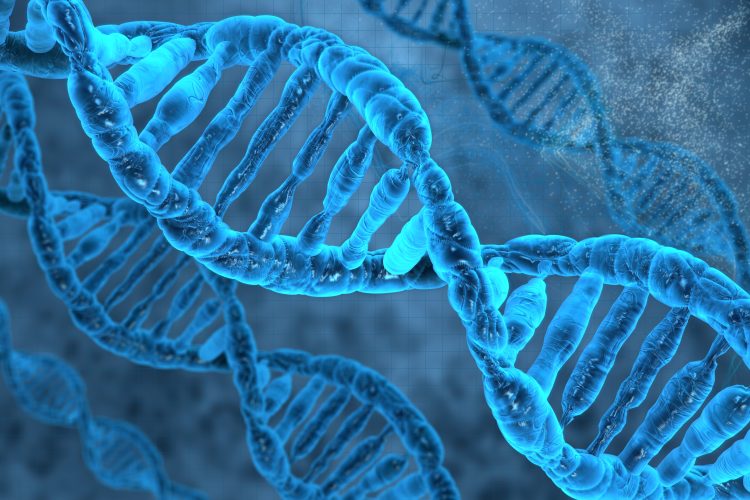Studying the effects of 3D genome organisation on gene silencing
Posted: 19 January 2024 | Drug Target Review | No comments yet
Researchers explored the effects of loops and 3D genome organisation on gene silencing, and found that ‘cohesinopathies’ may be linked it.


Scientists from the University of Southern California (USC) Stem Cell have addressed how genetic loops, structures that bring together widely separated sections of the genome and are critical to the regulation of gene activity, can repress or silence this activity with potentially far-reaching effects on human health.
First author of the study Dr Daniel Bsteh, who is currently the Liquid Biopsy Core Manager at the USC Norris Comprehensive Cancer Center, noted: “A carefully orchestrated regulatory machinery is required to ensure every cell in the body is expressing its correct gene set to exert its dedicated function.”
In the study, Dr Bsteh and his colleagues examined developmental genes that are repressed by Polycomb Repressive Complexes 1 and 2 (PRC1 and PRC2). PRC1 and PRC2 are regulators that stop activation of developmental genes at the wrong time or in the wrong cell, which has been shown to cause changes in cellular identity. This results in developmental defects or transformation into cancer cells.
The genome forms loops when PRC1- and PRC2-repressed genes come together. Loops are known to play a role in activating genes. However, it has been difficult to study how loops might help repress genes because of the interdependence of loops with a different type of gene repressing mechanism known as histone modifications.
The scientists conducted a genetic screen in mouse embryonic stem cells, and identified a protein, PDS5A, that modifies loops without affecting histone modifications. This enabled them to explore the effects of loops and three-dimensional (3D) genome organisation on gene silencing.
The loss of PDS5A disrupted the loops, and therefore the long-range interactions between repressed developmental genes. Looping genes together maintains the silent state. When PRC1- and PRC2-repressed genes are physically separated, eliminating the loops, normally silent genes become activated in aberrant ways.
Dr Oliver Bell, assistant professor and a member of the USC Norris Comprehensive Cancer Center explained: “PDS5A is a subunit of a larger protein complex called cohesin, which is the master regulator of 3D genome organisation…Cohesin mutations are known to drive several human diseases, including developmental disorders and cancer. What’s striking about our discovery is that it reveals a dependence of PRC 1 and PRC 2 activity on the precise regulation of 3D genome organisation by cohesin, suggesting that ‘cohesinopathies’ may be linked to aberrant developmental gene silencing.”
This study was published in Nature Communications.
Related topics
DNA, Genomics, Protein, Screening, Stem Cells
Related conditions
Cancer, Developmental disorders
Related organisations
University of Southern California Stem Cell
Related people
Dr Daniel Bsteh (USC), Dr Oliver Bell (USC)








